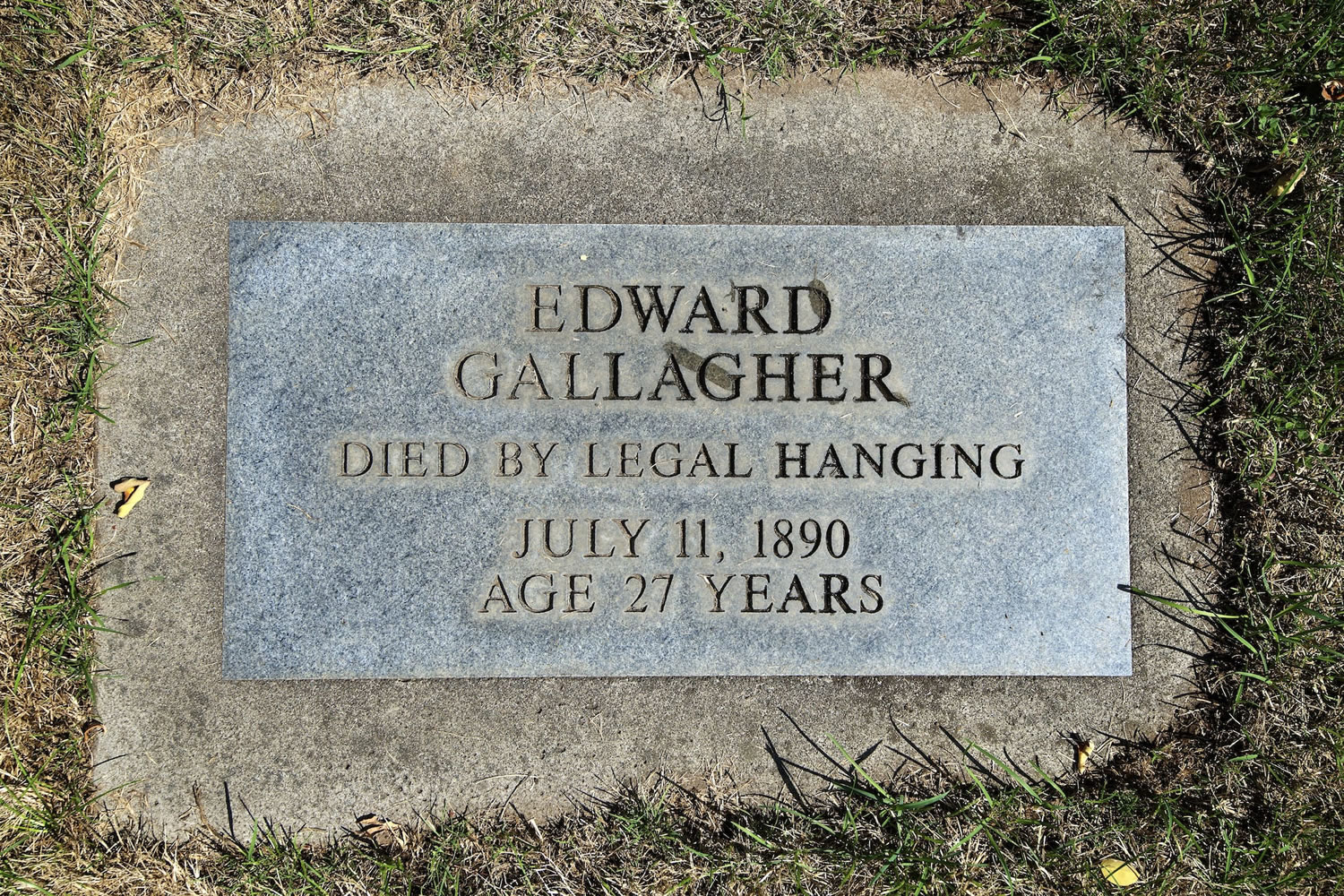Clark County residents hanged for murder since 1904:
o Simon Brooks, 46, laborer. Died May 13, 1906.
o George E. Whitfield, 22, laborer. Died June 13, 1924.
o Luther Baker, 61, logger. Died March 29, 1929.
o Glenn R. Stringer, 24, laborer. Died May 19, 1936.
o Arley Ovoyd Lewis, 29, musician. Died Jan. 30, 1941.
o Utah E. Wilson, 22, laborer. Died Jan. 3, 1953.
o Turman G. Wilson, 26, barber. Died Jan. 3, 1953.
o John Richard Broderson, 34, mechanic. Died June 25, 1960.
o Westley Allan Dodd, 31, retail. Died Jan. 5, 1993.
The Washington State Department of Corrections execution list — from after 1901 when the state took over capital punishment duties from counties — can be found on the website.
Washington and New Hampshire are the only states where hanging can still be used as punishment. While Washington leaves it up to death row inmates whether they will be killed through lethal injection or hanging, New Hampshire law states hanging is only an option if it is “impractical” to execute the convicted by injecting a deadly substance.
Since 1849, 110 criminals have been executed in Washington, 107 of those by hanging, according to “The Espy File,” a database of U.S. executions starting in 1608. The other three were by lethal injection, the go-to form of capital punishment in the modern era.
Washington’s first recorded “legal hanging” was of two Native Americans, Snoqualmie men named Quallahworst and Cussas, who were convicted of murder in 1849.



